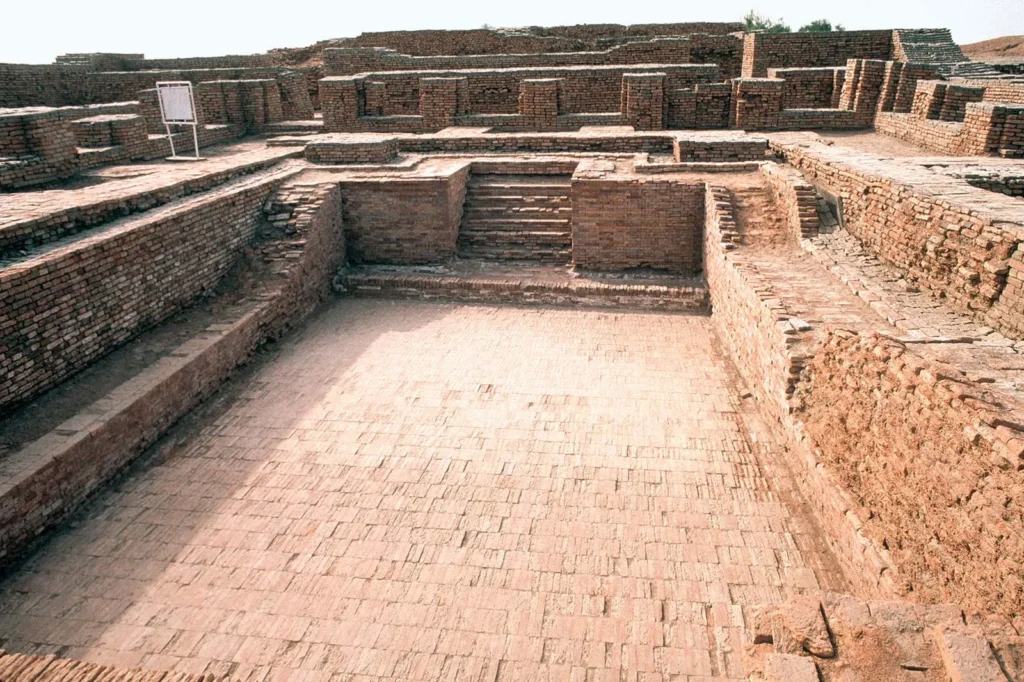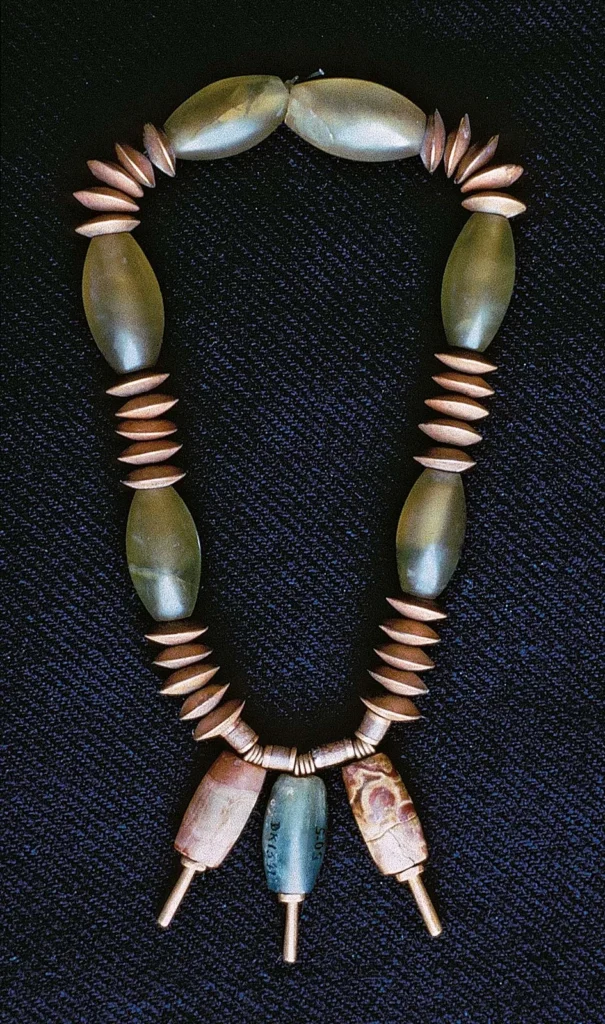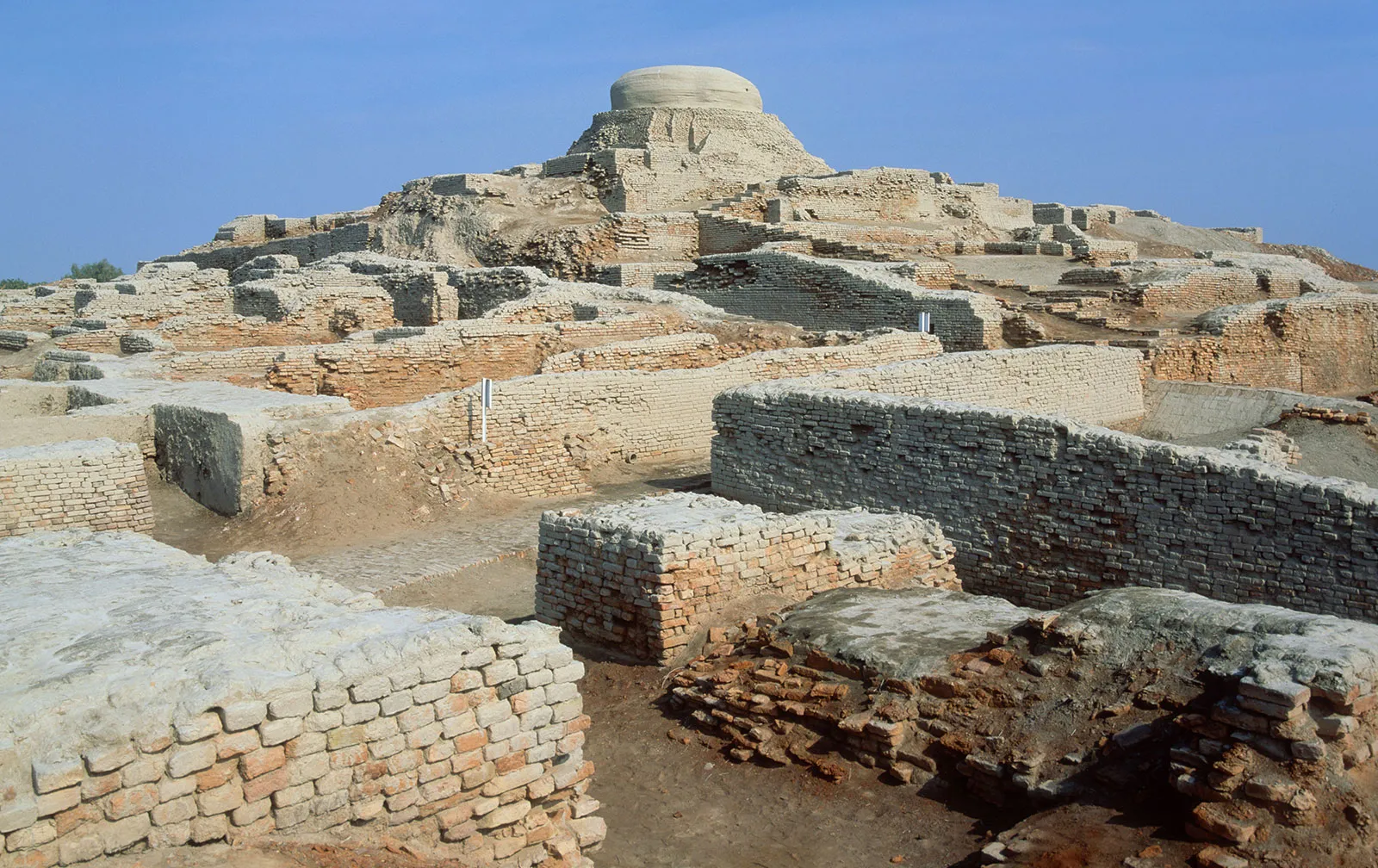The name Mohenjo-Daro generally stands interpreted to mean “Mound of the Dead.” The sight indeed ranks as one of the impressive features of early urban planning and social order. Excavation of the city ruins, which first began in the 1920s, has yielded a great wealth of information concerning life and times in the settlement.
The discovery of Mohenjo-Daro was made by an Indian archaeologist serving under the then federal Archaeological Survey of India, R.D. Banerji. In 1922, Banerji and his team were conducting research when they came across ruins that later on developed to become one of the two most famous archaeological discoveries of the 20th century. This immediately caught wide attention and, consequently, spurred excavation efforts.
History of Excavation and Key Figures
Excavation in Mohenjo-Daro had been done in the different phases when well-known archaeologists like Sir John Marshall and Mortimer Wheeler played an important role. They found that the city was a complicated urban city with superior infrastructural facility.
Geographical Location
Location within Indus Valley
It was located in Sindh land, modern Pakistan, about 8 km from the course of the Indus. In fact, its position was very strategic, having excellent conditions both for trade and agriculture; the valley of the river was fertile and thus offered plenty of resources to this civilization.
Climate and Environmental Factors
Generally, Mohenjo-Daro had a hot and dry climate that is generally characteristic of most of the Indus Valley region. In turn, its town planning and architecture reflect that its constructors were sensitive to this aspect of its natural environment: the cities were designed to accommodate seasonal flooding; this was achieved through an advanced drainage system.

Urban Planning and Architecture
Design of the City
Mohnejo-Daro was a planned city because it had the facility of an attar-like pattern. Evidence of words by many of an organized society is reflected in the city. It had two parts, one was called Citadel on an upper mound and the other, which was located on the broader one was called the Lower City, where the larger part of the population would reside.
Major Structures and Buildings
Some of the major structures identified in Mohenjo-Daro were great bath, granaries, and houses. Almost all the buildings in this city were of baked brick. It shows the highest construction know-how of that time. The Great Bath Description and Significance
Apart from the great granary, another wonder constitutes the great bath area, or giant and public bathing facility of the city, which also comes with an encumbering system of drainage and water supply. This speaks volumes about regard for cleanliness and communal activity within the city and is huge-12 x 7 meters large .
Theories of Its Use
Different theories have been thrown by scholars as to the purpose of this great bath such as religious or ceremonial purposes, centre of social gatherings and even public events.
House
The residential areas were combined in the light of their uniformity in the design of the houses since they were built around the central courtyards. Most of the constructions were two storey’s high with flat roofs with complex drainage systems.
The Purpose of the Storehouses
Perhaps the most dominant existing structures that were present within Mohenjo-Daro were the storehouses. Due to the extent of the building as well as the location of the entities concerned, it would seem to stand testament to the fact that the city concentrated an unbelievable amount of energy and resources into storing and dispensing food products. With such a size and being the center of the city, one would imagine that a very organized means of agriculture existed besides the existence of food managing and distribution ways.
Social Organization and Economy
Social Stratification
While it is yet unknown what the general social organization of Mohenjo-Daro was, evidence does suggest that it was very complex in hierarchy. Such sizeable public buildings and advanced infrastructure would suggest some sort of central authority or governing body.
Trade and Economy
Thus Mohenjo-Daro was an economic hub having energetic and extensive trade networks. Different artifacts have been discovered at the site that stand as a witness to the fact that trade was carried with far-flung areas, extending to Mesopotamia, and hence it also played an important role in early international commerce.
Art and Artifacts
Some Outstanding Artifacts
Utensils along with seals, figurines, and jewellery recoveries on site from various Mohenjo-Daro sites have taken place. There is immense artistic and cultural achievement reflected by the variety of recovered items.
The skill applied in the artefacts of Mohenjo-Daro is unique and very expressive. Art of the city was multivariate having different strands especially in the form of beadwork, seal impressions, and sculpture.
Writing and Language
Indus Script
Of the many bizarre features, perhaps the most puzzling is what has come to be called the “Indus script”-better an undeciphered script on a very large number of seals and other objects, in fact. It resists all attempts at deciphering and has been the source of much puzzlement amongst scholars following years of exhaustive study.
It is because of the bilingual text that might have allowed the scholars to deduce the meanings and grammatical structure. Various theories and further researches were conducted about the script.
Religious and Ritual Practices
Possible Religious Practices
Excavation of various types of figurines and ritualistic objects at Mohenjo-Daro depicts evidence of religious or spiritual practices. There are depiction of deities and symbols that might have played a very important role in religious matters.
Ritualistic Artefacts

Small statues and ceremonial objects in forms of ritualistic artefacts from the site speak about religious life amongst its people. The nature of these practices is still a matter of conjecture.
Decline and Abandonment
Theories on Decline
There are many theories regarding the decline and abandonment of Mohenjo-Daro: a change in climate, shifting of the river course, not least among these possible invasion has been pointed to as some of the possible causes. It would appear that the different hypothesis takes another angle in looking at the fall from prominence of the city.
Evidence of Abandonment
Because these archaeological pieces of evidence showed the disintegration of infrastructures and settlement patterns, this will reveal that the abandonment of Mohenjo-Daro was gradual. This, therefore, tends to be outstanding as an evidence-based gradual and not sudden decline.
Legacy of Mohenjo-Daro
In the Influence on a Modern Understanding
Hence, Mohenjo-Daro has become a site of growing contribution to the contemporary work of archaeology and our understanding of the ancient city civilization to this date. It allows for an instructive lesson into ancient societies regarding how they were organized since such mechanisms in urban design and infrastructural mechanisms have no difference in learning from the modern city design.
Preservation and Further Research
It is thus a continuous preservation and research as new aspects of this city are still coming to light with the continuous research being carried out. Some of the preservational issues are environmental and sustainable conservation policies.
Current Issues in Study
Difficulties of Archaeologists
Exacavations Problem at Mohenjo-Daro
The enormous size of the city and a host of rigorous environmental conditions that have prevailed mean that a lot of problems come out at this excavation site in Mohenjo-Daro for the archaeologists. All these reasons make the excavation and preservative work hard to handle.
Preservation Challenges
Besides being ill or insufficiently funded, human efforts at the survival of Mohenjo-Daro have always been an uphill task against the aggression of nature’s devastation. It is over these challenges that this treasure of history has to survive if it is ever to see better days.
Recent Finds
New Finds and What They Reveal
Of these new discoveries, some have helped to identify the history of Mohenjo-Daro and its day-to-day working. A more specific contribution is the detection of so far unknown structures and features in and around it through the use of ground-penetrating radar, etc., newer technologies.
5.3 New Technologies and Techniques
In fact, all these archaeological technologies, especially remote sensing and digital reconstruction, upgraded the impression of Mohenjo-Daro several folds. As a matter of fact, now it is one of the effective modes of analysis and helps in seeking better ways for better presentation methods.
After all, Mohenjo-Daro is a marvel in which the researcher-scholars and students attempt to inquire about advanced urban planning, highly articulated social organization, and mysterious writings yet to be deciphered by scholars and historians of the century. Today, a monument to ingenuity and a complex root to early human civilization, it stands as a window to the world which helped to shape history.




